“Assembly Theory,” a pioneering theoretical framework bridging physics and biology, offers transformative insights into biological evolution and its place within universal physical laws. With applications from…



The 2023 Nobel prize in physics has been awarded to a trio of scientists for pioneering tools used to study the world of electrons.
Electrons are sub-atomic particles that play a role in many phenomena we see every day, from electricity to magnetism. This year’s three Nobel physics laureates demonstrated a way to create extremely short pulses of light in order to investigate processes that involve electrons.
Pierre Agostini from The Ohio State University in the US, Ferenc Krausz from the Max Planck Institute of Quantum Optics in Germany and Anne L’Huillier from Lund University in Sweden will share the prize sum of 11 million Swedish kronor (£822,910).

“The New Horizons mission has a unique position in our solar system to answer important questions about our heliosphere and provide extraordinary opportunities for multidisciplinary science for NASA and the scientific community,” Nicola Fox, associate administrator for NASA’s Science Mission Directorate in Washington, said in a statement on Friday. (The heliosphere is the big bubble of magnetic fields and charged particles that the sun blows around itself. Beyond it lies interstellar space.)
“The agency decided that it was best to extend operations for New Horizons until the spacecraft exits the Kuiper Belt, which is expected in 2028 through 2029,” Fox added.
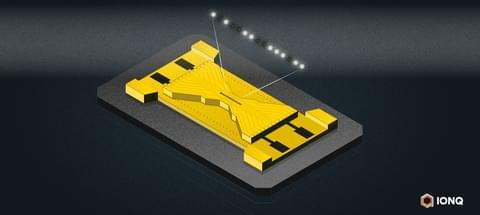
It’s been a busy week for IonQ, the quantum computing start-up focused on developing trapped-ion-based systems. At the Quantum World Congress today, the company announced two new systems (Forte Enterprise and Tempo) intended to be rack-mountable and deployable in a traditional data center. Yesterday, speaking at Tabor Communications (HPCwire parent organization) HPC and AI on Wall Street conference, the company made a strong pitch for reaching quantum advantage in 2–3 years, using the new systems.
If you’ve been following quantum computing, you probably know that deploying quantum computers in the datacenter is a rare occurrence. Access to the vast majority NISQ era computers has been through web portals. The latest announcement from IonQ, along with somewhat similar announcement from neutral atom specialist QuEra in August, and increased IBM efforts (Cleveland Clinic and PINQ2) to selectively place on-premise quantum systems suggest change is coming to the market.
IonQ’s two rack-mounted solutions are designed for businesses and governments wanting to integrate quantum capabilities within their existing infrastructure. “Businesses will be able to harness the power of quantum directly from their own data centers, making the technology significantly more accessible and easy to apply to key workflows and business processes,” reported the company. IonQ is calling the new systems enterprise-grade. (see the official announcement.)
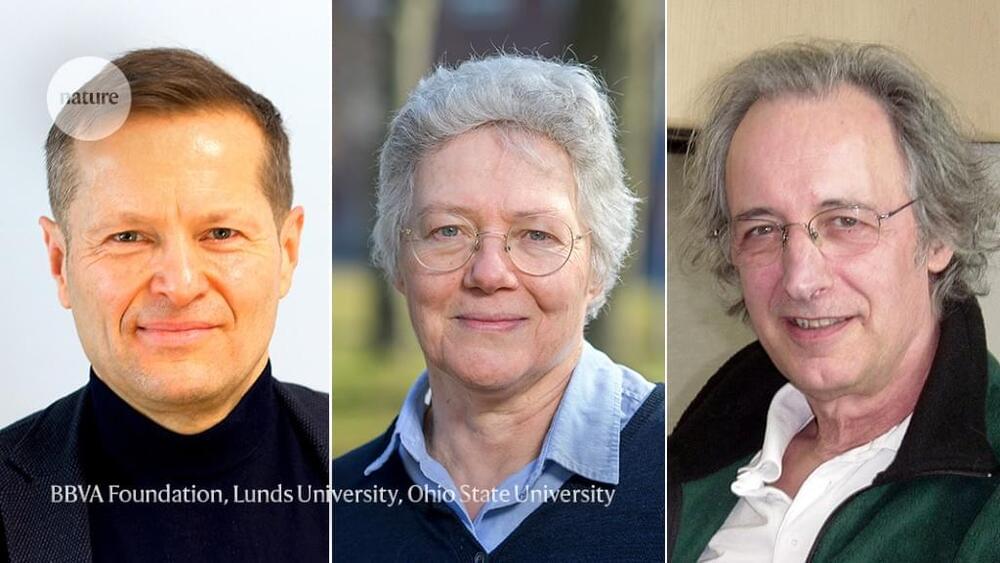
This year’s Nobel Prize in Physics has been awarded to three physicists — Pierre Agostini at Ohio State University, US, Ferenc Krausz at the Max Planck Institute of Quantum Optics in Garching, Germany, and Anne L’Huillier at Lund University, Sweden — for their research into attosecond pulses of light.
Attosecond physics allows scientists to look at the very smallest particles at the very shortest timescales (an attosecond is one-quintillionth of a second, or one-billionth of a nanosecond). The winners all developed experiments to be able to produce these ultrafast laser pulses, which can be used to probe our world at the smallest scales and have applications across chemistry, biology and physics.
The prize was announced this morning by the Royal Swedish Academy of Sciences, in Stockholm, Sweden. The winners share a prize of 11 million Swedish kroner (US$1 million).
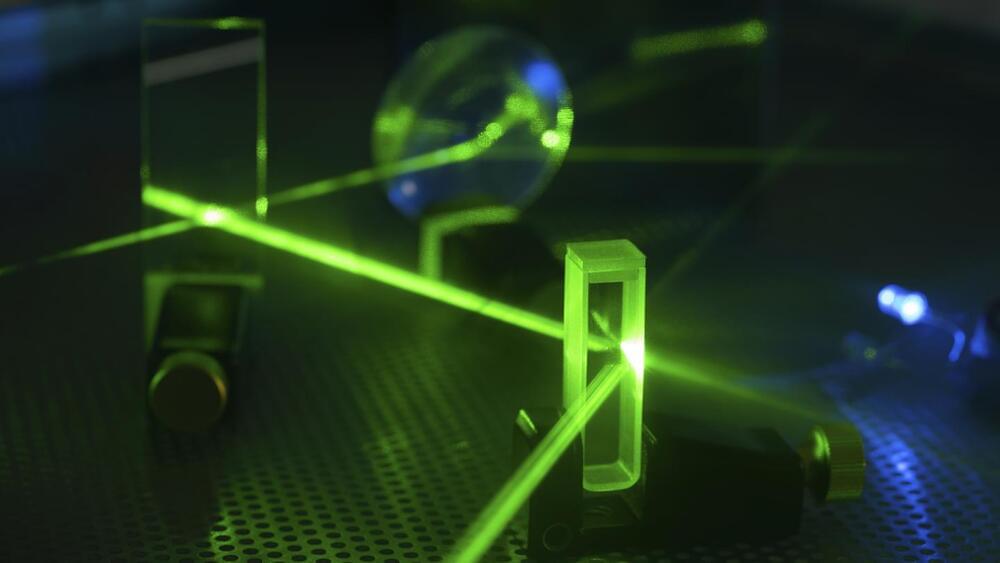
Congrats to Anne & Pierre.
Inside atoms and molecules, electrons zip around at extreme speeds. Their motions can only be captured with super short pulses of light — like camera flashes that last billionths of a billionth of a second. The 2023 Nobel Prize in physics goes to three physicists who have helped create such “attosecond” blasts of laser light.
By offering superfast snapshots of electrons, their research is changing our view of the inner workings of atoms and molecules.
One of the winners is Anne L’Huillier, of Lund University in Sweden. Another is Pierre Agostini at Ohio State University in Columbus. The third is Ferenc Krausz. He works at the Max Planck Institute of Quantum Optics in Garching, Germany. The trio will split 11 million Swedish kronor, or about $1 million in prize money. The Royal Swedish Academy of Sciences announced the honor October 3.
Pierre Agostini, Ferenc Krausz and Anne L’Huillier won the prize for creating light bursts that last billionths of a billionth of a second.
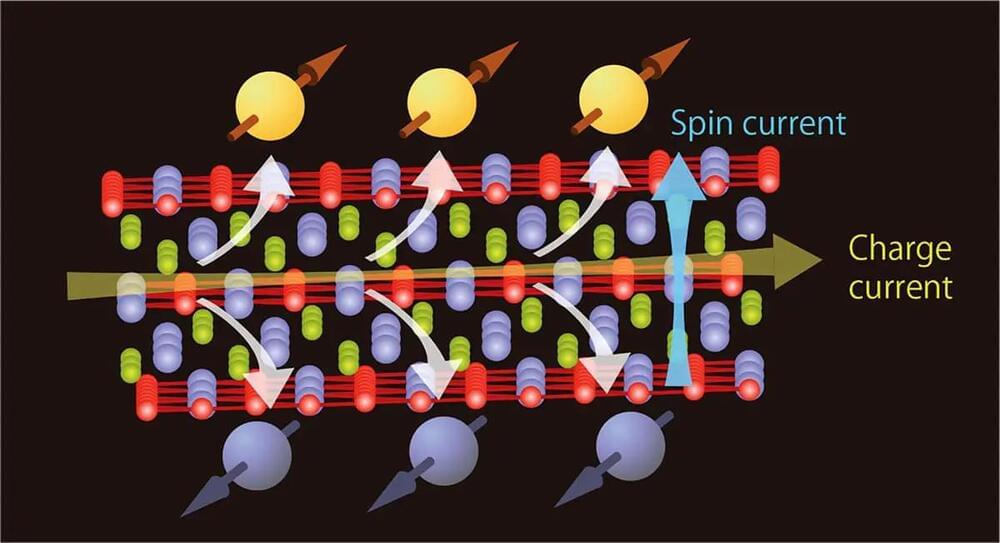
Researchers highlight the potential of cobalt-tin-sulfur in spintronic devices, revealing its capability to reduce energy consumption and heralding a new era in electronics.
A team of researchers has made a significant breakthrough that could revolutionize next-generation electronics by enabling non-volatility, large-scale integration, low power consumption, high speed, and high reliability in spintronic devices.
Details of their findings were published recently in the journal Physical Review B.
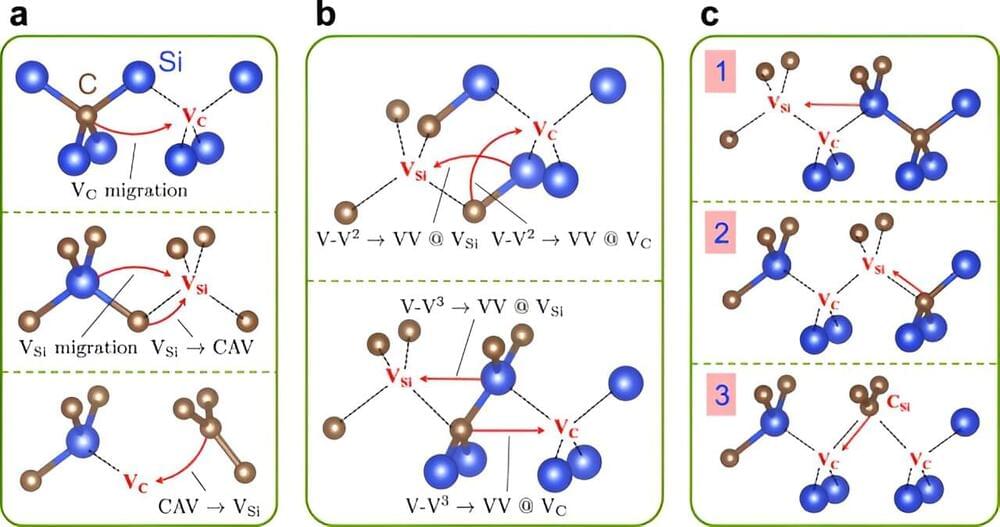
Researchers led by Giulia Galli at University of Chicago’s Pritzker School of Molecular Engineering report a computational study that predicts the conditions to create specific spin defects in silicon carbide. Their findings, published online in Nature Communications, represent an important step towards identifying fabrication parameters for spin defects useful for quantum technologies.
Electronic spin defects in semiconductors and insulators are rich platforms for quantum information, sensing, and communication applications. Defects are impurities and/or misplaced atoms in a solid and the electrons associated with these atomic defects carry a spin. This quantum mechanical property can be used to provide a controllable qubit, the basic unit of operation in quantum technologies.
Yet the synthesis of these spin defects, typically achieved experimentally by implantation and annealing processes, is not yet well understood, and importantly, cannot yet be fully optimized. In silicon carbide —an attractive host material for spin qubits due to its industrial availability—different experiments have so far yielded different recommendations and outcomes for creating the desired spin defects.
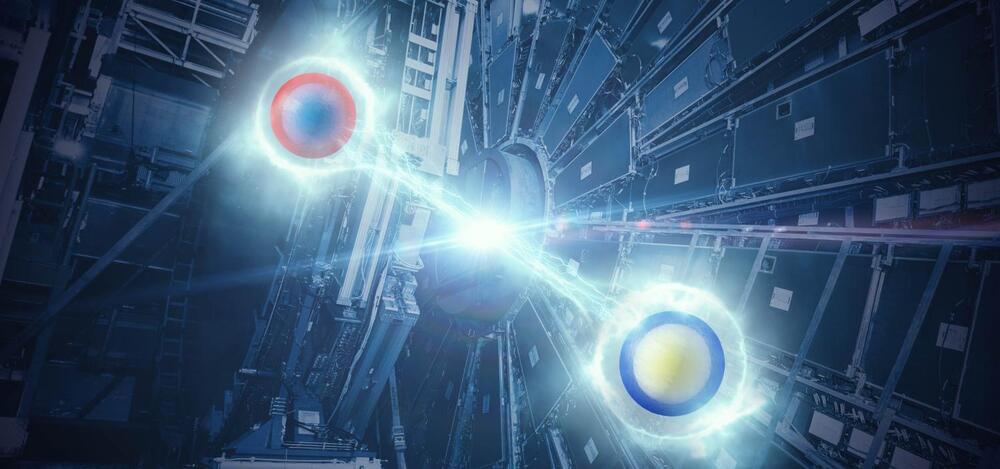
Quantum entanglement is one of the most astonishing properties of quantum mechanics. If two particles are entangled, the state of one particle cannot be described independently from the other. This is a unique property of the quantum world and forms a crucial difference between classical and quantum theories of physics. It is so important, the 2022 Nobel Prize in Physics was awarded to Alain Aspect, John F. Clauser and Anton Zeilinger “for experiments with entangled photons, establishing the violation of Bell inequalities and pioneering quantum information science”.
The large mass of the top quark, which is greater than any other particle, remains one of the most enduring mysteries of the Standard Model. Why this is so remains unexplained, however, the top quark has many unique properties to exploit as a result. The top quark is so heavy that it is extremely unstable and decays before it has time to hadronise, transferring all of its quantum numbers to its decay particles. Physicists can detect these decay particles and thus reconstruct the quantum state of a top quark, a feat that is impossible with any other quark. Most importantly, they can measure its spin and use it to show that entanglement can be studied in top-quark-pair production at the LHC.
Entanglement has indeed been measured in the past, but not quite like this. Most previous entanglement measurements involved low non-relativistic energies, typically utilising photons or electrons. The LHC collides protons with an incredibly high centre-of-mass energy. The data used in ATLAS’ new measurement were obtained from collisions at 13 TeV collected between 2015 and 2018. This means researchers are delving into an energy scale over 12 orders of magnitude (a thousand billion times) higher than typical laboratory experiments.
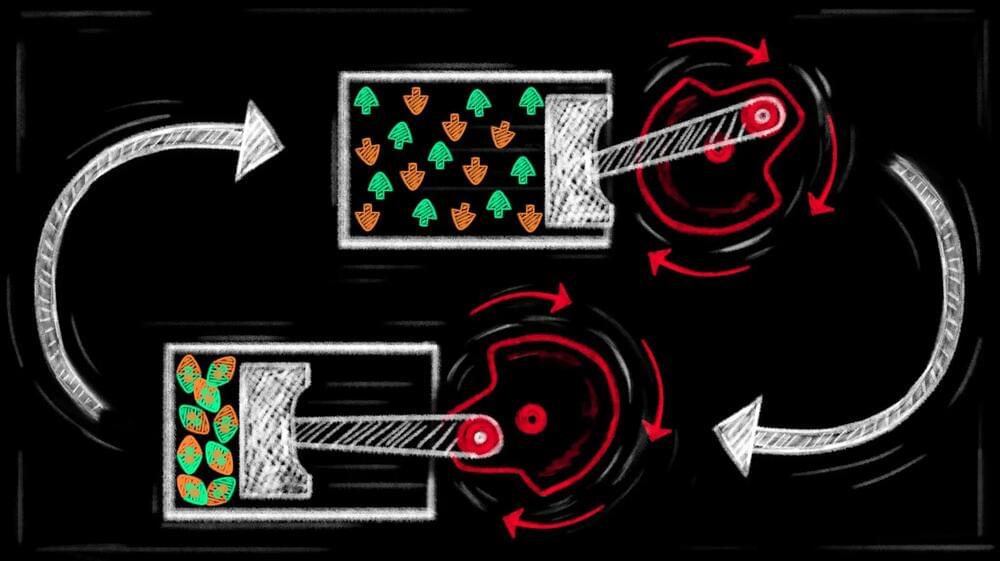
Scientists unveil exciting possibilities for the development of highly efficient quantum devices.
Quantum mechanics is a branch of physics that explores the properties and interactions of particles at very small scale, such as atoms and molecules. This has led to the development of new technologies that are more powerful and efficient compared to their conventional counterparts, causing breakthroughs in areas such as computing, communication, and energy.
A quantum leap in engine design.